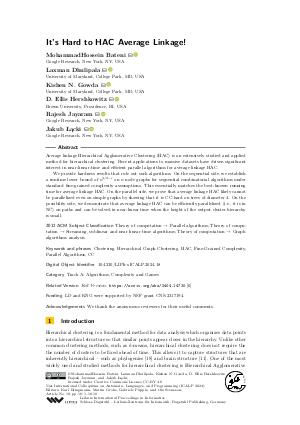LIPIcs.ICALP.2024.18.pdf
- Filesize: 1.9 MB
- 18 pages

 Creative Commons Attribution 4.0 International license
Creative Commons Attribution 4.0 International license










































Feedback for Dagstuhl Publishing